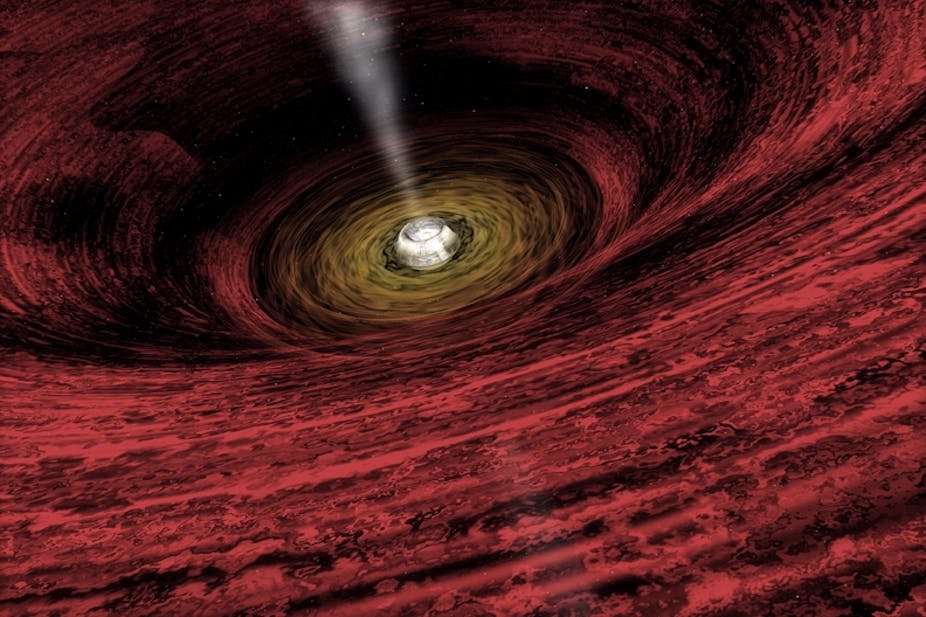Astrophysicists have discovered black holes that formed up to 12.5 billion years ago – among the oldest examples of the phenomena ever seen.
Black holes are objects in the Universe where a large amount of matter is packed into a compact space, creating a gravitational pull so strong that nothing can escape (including light).
By comparing images from NASA’s Chandra X-ray observatory and data from the Hubble telescope, U.S. scientists have been able to prove that black holes existed in the earliest galaxies.
“Our results imply that black holes grow in tandem with their host galaxies throughout cosmic history, starting from the earliest times,” the researchers report in their paper, which was published in the journal Nature.
Most of these early black holes were buried in huge amounts of space dust and gas, which absorbed all but the strongest X-rays, they found.
“This suggests that black holes grew significantly more during these early bursts than was previously thought, but because of the obscuration of their ultraviolet emission they did not contribute to the re-ionization of the Universe.”
Redshift – the degree to which light moves towards the red part of the electromagnetic spectrum – is a way of measuring how far back in the Universe’s lifetime various events took place.
“These black holes were observed at a redshift of six, when the Universe was one seventh of the present size,” said Professor Geoffrey Bicknell, an astrophysicist from the Australian National University. He was not involved in the study.
“Finding black holes at a redshift of six is a very impressive piece of work,” said Professor Bicknell.
“This tells us we can expect there to have been black holes at high redshifts and in all sorts of galaxies, not just in the bright ones.”

